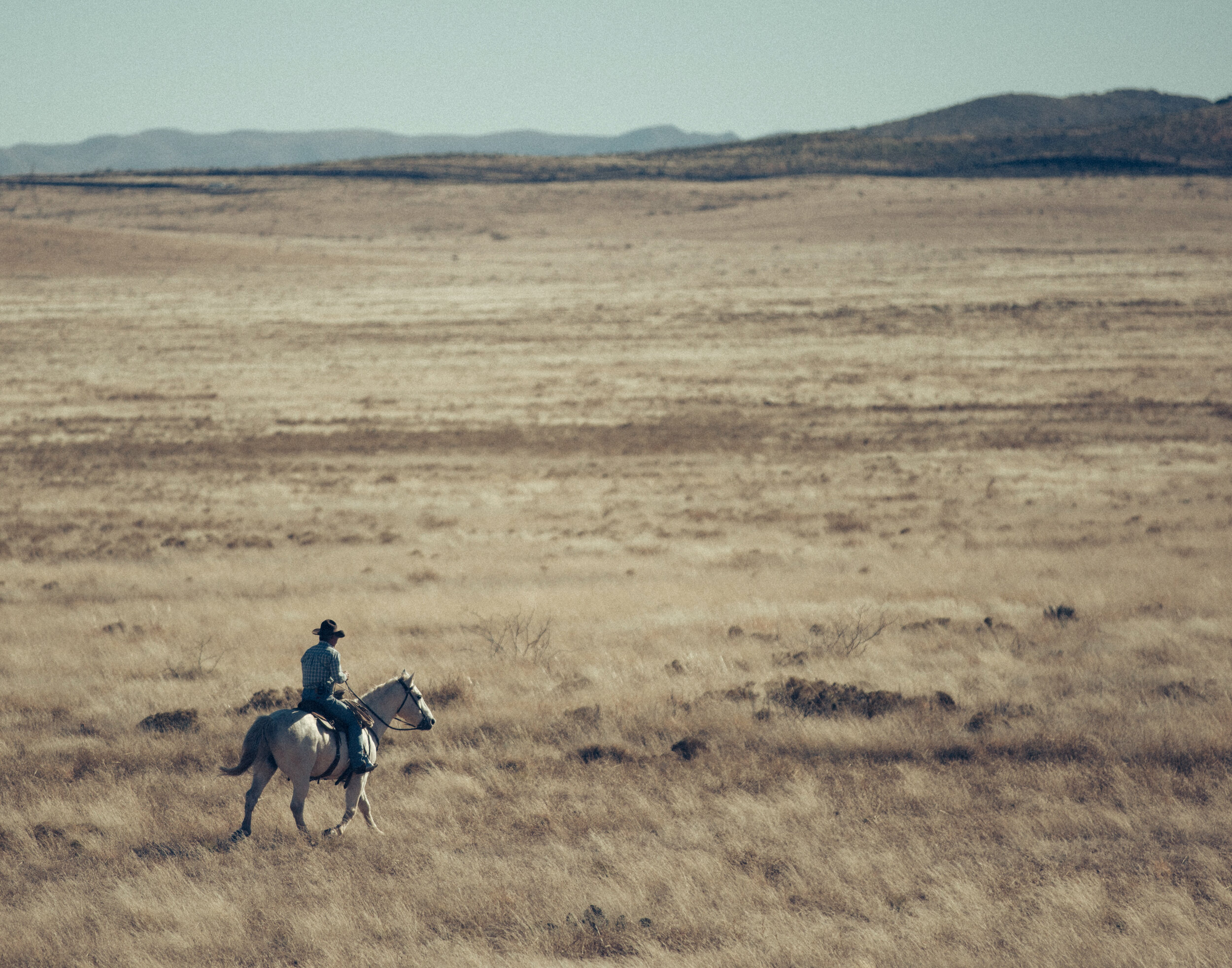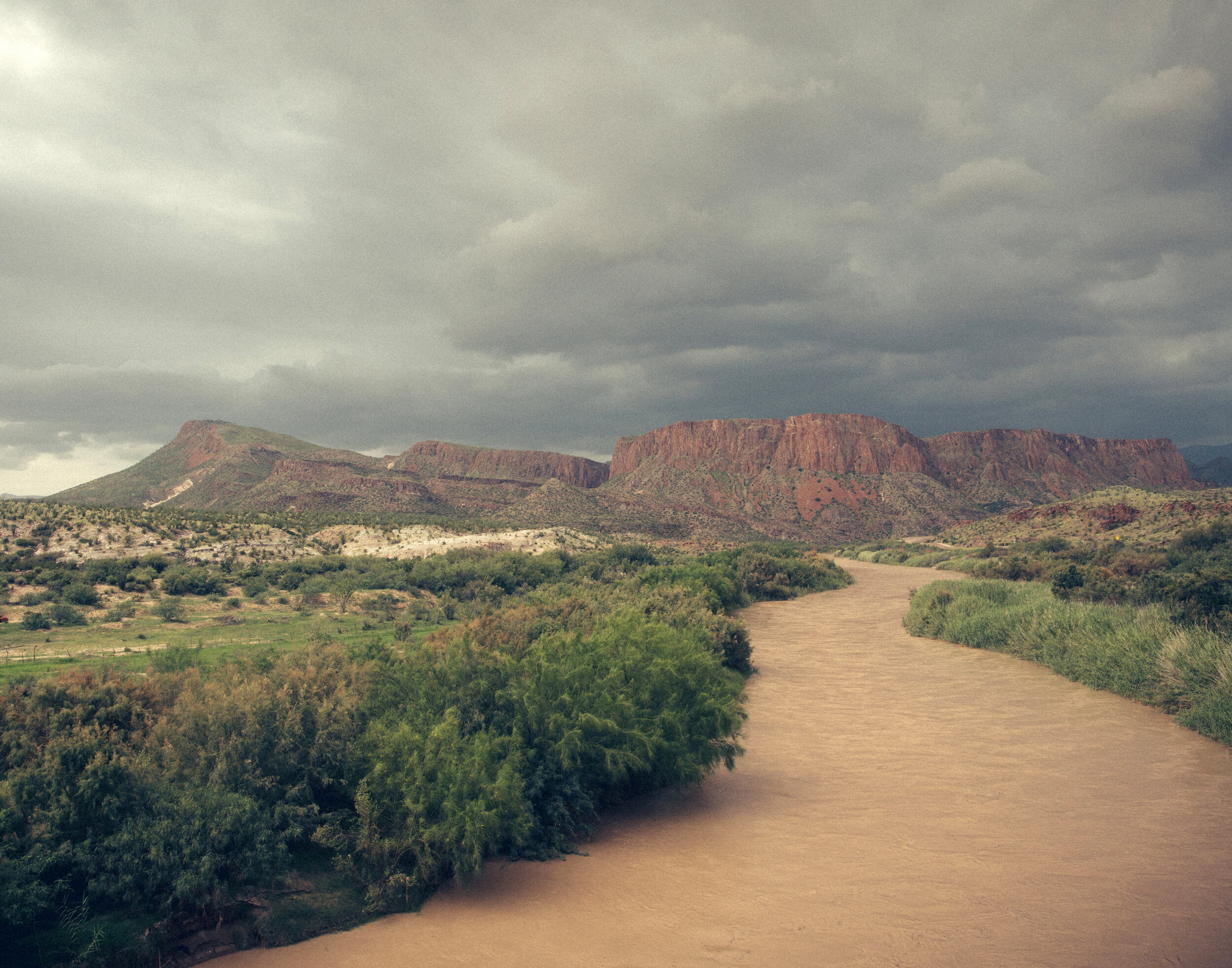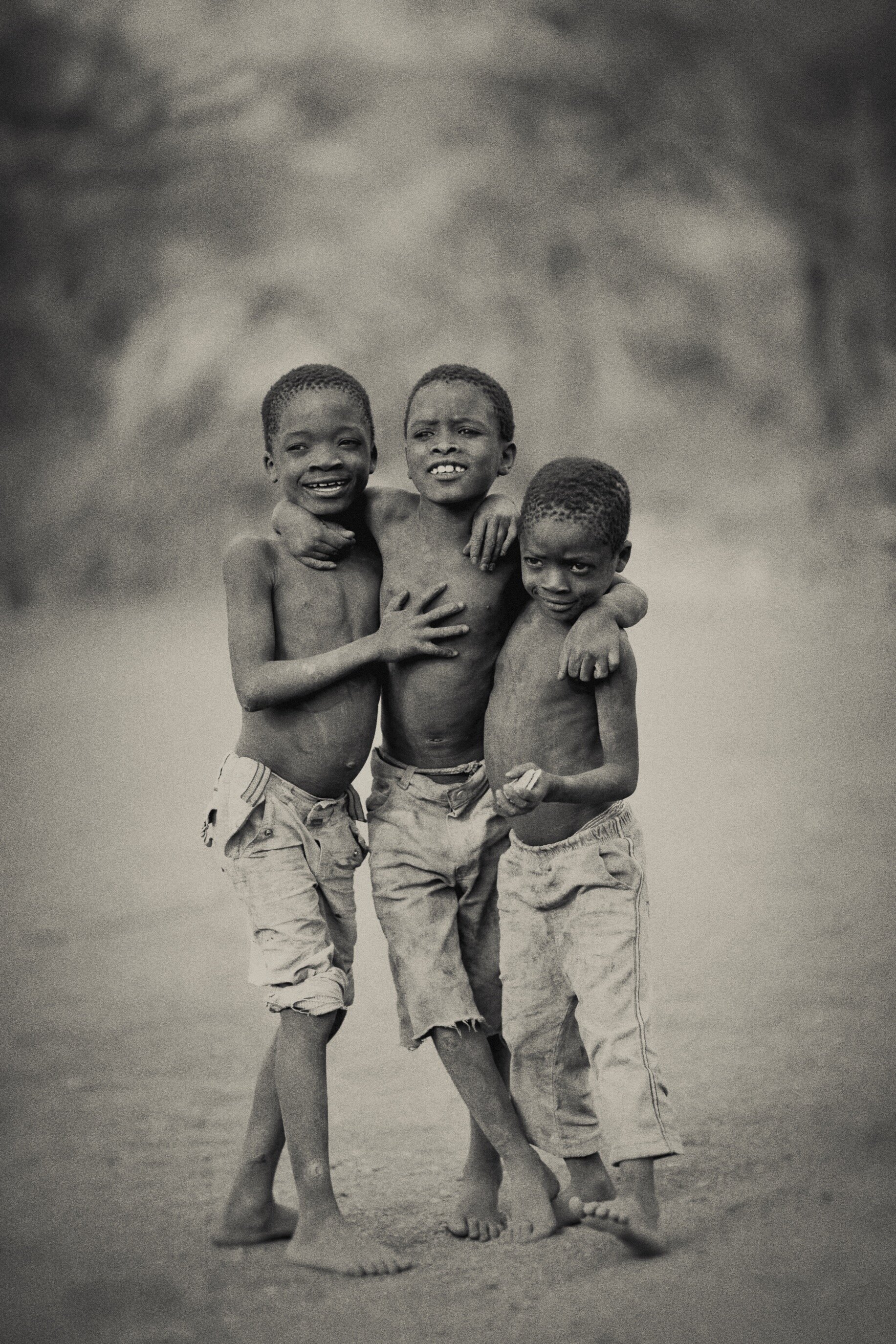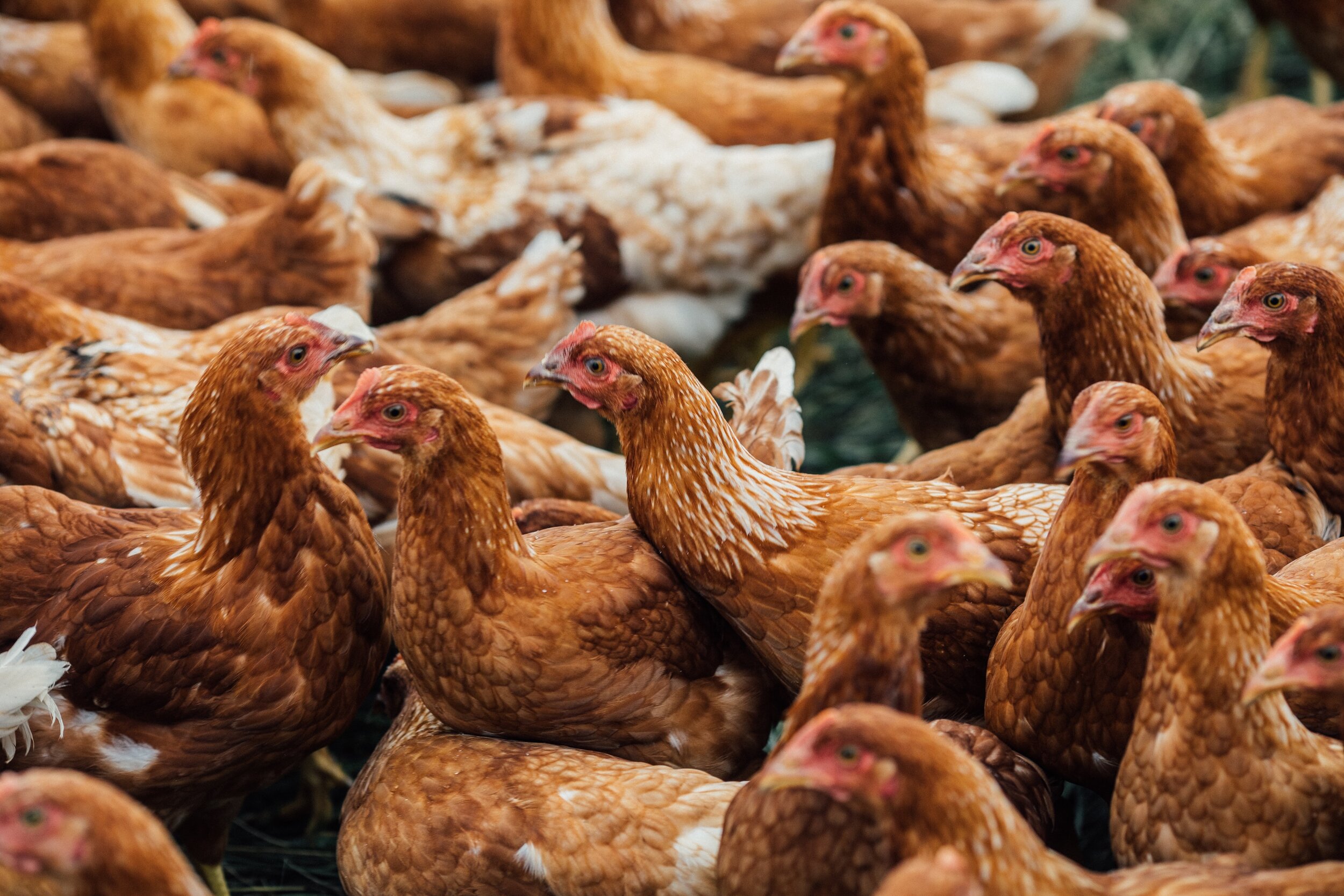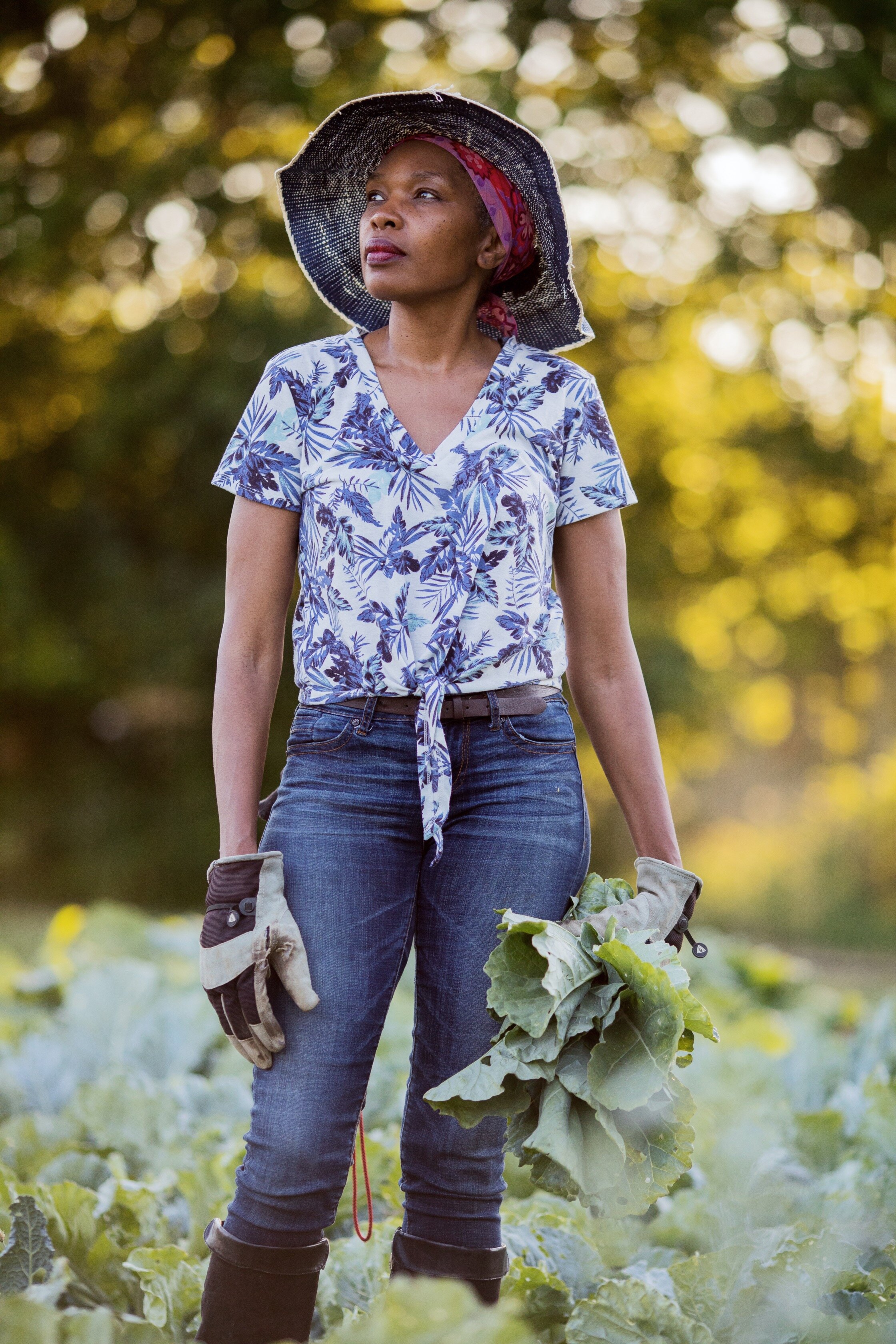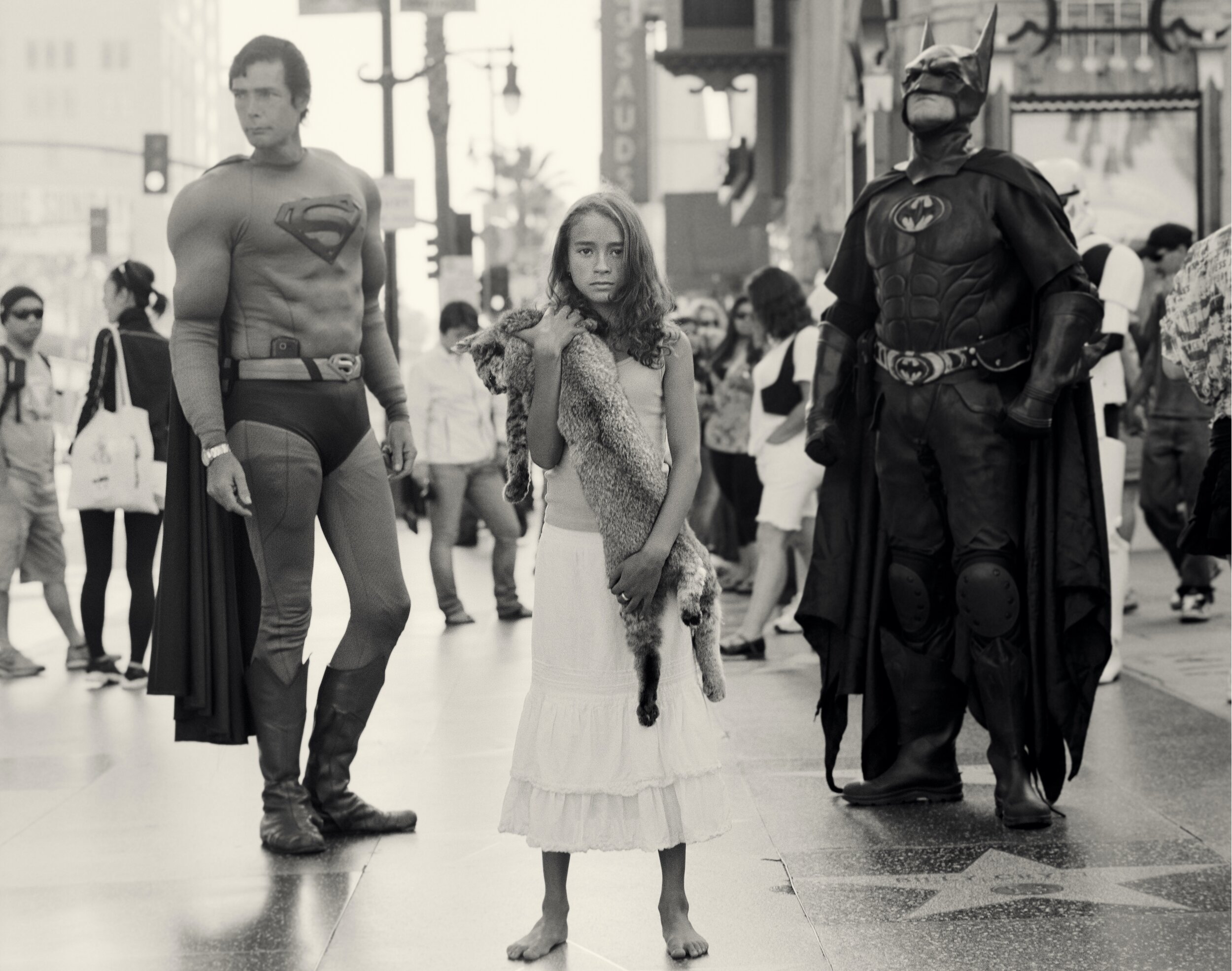The Art and Science of Nicol Ragland
Everything I’ve done has led me back to Oklahoma,” says Nicol Ragland on a languid summer day. She’s sipping a glass of chilled rosé, sitting on the wide, shady side porch of her pint-sized apartment, which happens to be attached to a barn. Polo ponies graze a few feet away; her beloved hound Sylus sprawls on the cool concrete. A mere 100 yards away her parents, Judy and David, live on the family’s property, Ragland Ranch.
Ragland is founder and executive director of the nonprofit REGENERATE OKLAHOMA (regenerateoklahoma.us), dedicated to advancing regenerative agriculture practices in Oklahoma, and also a photographer and documentary filmmaker who has traveled the world, absorbing the wisdom of the cultures she’s explored. It all comes down to this: “We’ve written ourselves out of the definition of nature. The more I’ve immersed myself in the regenerative agriculture movement, the more I realize there is nothing else to talk about.” Not naturally given to hyperbole, she pauses and smiles. “Let me rephrase that. I can’t emphasize enough how important it is for our food system, farmers, the environment and the wild.”
In a nutshell, our convenience culture, mono-crop factory farms and big agriculture have morphed together, forming a symbiotic nightmare in which land is being stripped of its richness, pesticides and fungicides are so heavily used that they’re turning up in our bodies, the nutrient density of our food is decreasing and everyone in our nation, from consumers to farmers, is trapped in a desperate situation. None of it is sustainable. But it can be. “We need to realign our food system with our ecosystem. This movement, regenerative agriculture, is a direct, essentially relatable action. It’s also partly a mindset,” she says. REGENOK is a collaborative coalition of farmers, ranchers, business leaders, soil scientists and documentarians, whose mission is to create economic reclamation for food sovereignty and health.
That Ragland found her way to regenerative agriculture makes perfect sense, although she got here in a circuitous way. As a student at Oklahoma City’s Casady School, the young creative was plagued by the sense that she didn’t quite fit. She made the decision to transfer to an all-girls private boarding school, Stoneleigh-Burnham, in Greenfield, Massachusetts. “I wanted a different culture,” she says. “I knew I was an artist even then. It’s an amazing thing to be only with girls at that age. We were in school solely to be in school. I got lucky and found my voice.”
From there, Ragland studied environmental science, then found herself traveling through Ne-pal for three months at the behest of the World Wildlife Fund. “We trekked for months, and I felt myself really wake up. We were stripped of all of our conditioning.”
Upon returning, with eyes newly wide open, Ragland took up formal study of photography at the Art Institute of Colorado. Drawn by the city’s creative energy, our heroine moved to Los Angeles after photography school, launching a new chapter of her creative life. She worked with studios to photograph everything from portraits to wildlife to weddings.
It was there that she met dear friend and collaborator Amy Janes, now the co-founder of Oklahoma City’s Green Pastures Studio. In addition to a lifelong friendship, Janes and Ragland share a love of documentary filmmaking. Ragland’s own foray into the genre launched with a five-year project titled Trans Pecos: The Story of Stolen Land and the Loss of America’s Last Frontier, currently on the film festival circuit.
In between each creative chapter, Ragland has been shooting photos for global nonprofits, continuing her trekking, immersing herself into indigenous communities, collecting and creating images, telling stories and looking for congruity. Hers is an unflinching approach, combining science and passion in examining our interconnectedness with one another as inhabitants of a shared home. It is sometimes a daunting picture.
Ragland, even in the face of the stark realities exposed by her work, remains an optimist. “Go outside and build a garden,” she says. “It’s in our cellular memory to work with nature. Our saving grace may be our tiny garden beds. Growing life is part of the human experience we all understand.”
Her brand of environmental activism is inclusive and beautiful. “I like the idea of poetic science, and I want to relate to people that way.”

